This post may contain affiliate links. Please read our disclosure for more info.
Whenever I tell people about my yoga practice and how beneficial it is for me, I often get the same reply: “Oh, I’d love to practice yoga, but I’m just not flexible enough!” But is it actually true that you need to be as flexible as a contortionist to practice yoga?
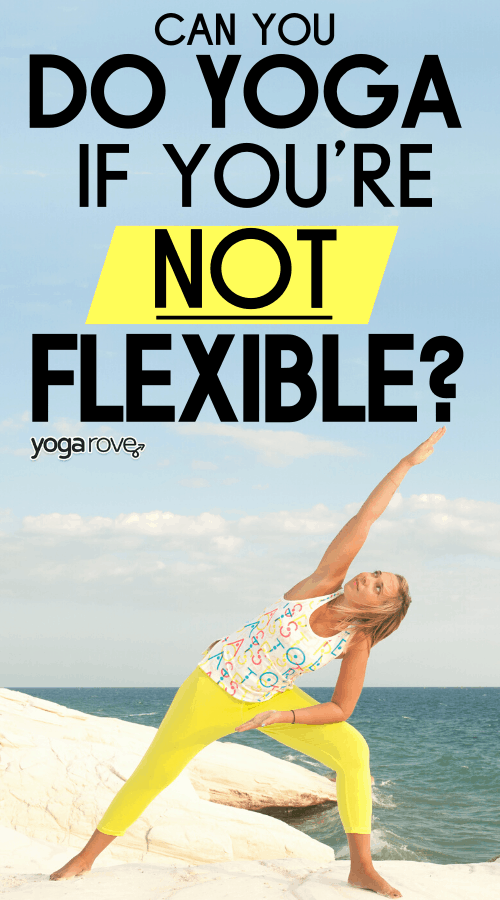
Can you do yoga if you’re not flexible? Absolutely. Yoga is for everyone. Your size, age or level of flexibility doesn’t matter. You don’t have be flexible to start with, yoga will help you become flexible.
Yoga will help you become more present and less stressed, which in turn will help your body relax and overtime help you deepen into each pose, improving your flexibility. But as a beginner, there are certain things you must keep in mind while practicing to get the most out of your practice.
How to Practice Yoga if You’re Inflexible
You 100% CAN practice yoga if you’re inflexible, as I said earlier, it will help you IMPROVE your flexibility over time. Here are a few things to take into account during your practice to make
1. Discover your baseline
Ask yourself first: “Do I have any medical conditions or injuries that limit my range of motion?” Or are you just not as flexible anymore as you used to be? If so, try to find a class that has been specifically designed for people with similar struggles.
For example, try out Chair Yoga or Hands Free Yoga if you have wrist problems. If you don’t have any health issues, search for a Gentle Yoga or a beginner yoga routine or class. You’ll feel more comfortable practicing with other people who are not very flexible yet, and it will be easier to follow.
2. Determine your areas of tightness
Is it an overall tightness, or are there certain parts of your body that feel especially stiff? Determining your problem areas can help you gravitate towards the correct practice and poses you need to improve and practice safely.
Here are a few beginner yoga poses to try based on problem area:
For tight hamstrings: Forward folds can help you gain more flexibility in a more passive and gentle way. Try seated, standing and wide-legged forward folds. Downward .Facing Dog is another great basic pose to practice for tight hamstrings: you will feel the stretch right away!
For tight hips: You might want to sit cross-legged more often, or practice Pigeon Pose (one legged or double Pigeon) or Butterfly Pose. If you need props to keep your hips even in Pigeon Pose, use a block to create balance. Child’s Pose is another gentle pose that is great for relieving tension and opening the hips.
For stiff shoulders: Try Eagle Pose, Cat- Cow and Cow Face Pose. Many people with tight shoulders also suffer from neck pain: we go over a few gentle yoga poses for tight neck and shoulders in this article.
Those are just a few examples. There are tons of different poses and routines you can practice to improve flexibility and release tension in specific areas of your body. To learn more about which basic poses to practice, read our 20 Beginner Yoga Poses to Improve Flexibility.
3. Make it your practice
You might sometimes hear the instructor say “make it your practice”. At first I wasn’t sure what that was supposed to mean. It only started making sense when I got to know my body better. I have sensitive knees and can’t reach my foot with me leg in crazy poses like King Pigeon.
“Making it my practice” for me means putting a towel under my knees and using a strap in intense backbends. Whatever it means for you, listen to your body.
Side note: A Common Stereotype About Yogis
“But the Yogis I see on Instagram always look like they have no spine!” Many think people that are impressively flexible were born like that (which, in a few cases, is true: some might suffer from Joint Hypermobility Syndrome, but most of them got flexible with consistent practice and dedication.
When I started yoga, I couldn’t touch my toes. After a few weeks of daily practice, I was able to touch them. A few months after that, I was able to press my chest against my legs. I can now do the splits. I learned that flexibility is a journey that never ends. I’ve learned a few lessons from my days as a beginner that helped me stay patient and practice safely.
4. Use props
Don’t be shy to use blocks and straps! Usually every yoga studio provides them, and they’re a great way to make your practice safer and help you progress. The same goes for when you practice at home. Just because the routine you are practicing may not specifically say to use a strap or block, does not mean you shouldn’t use one.
Some people don’t like props because they remind them of the poses they can’t do yet. I invite you to try a different approach: See props as something that helps you do things that you couldn’t do before! If you practice a pose with props for long enough, you’ll eventually be able to do the pose without blocks and straps. Know your own limits and don’t push too hard – you might get injured and it’ll have the opposite of your desired effect.
“I feel like a granny next to all those super-flexible yogis.” How do I feel better about myself?
Remember that those yogis probably felt like you when they started. There will always be someone who is more flexible, stronger, more dedicate than you. That is a life lesson we all need to learn, not just in yoga. Even when your practice advances and you’re able to do impressive looking arm balances and inversions, somebody’s alignment will always be better or he/she can hold the pose longer. If you keep on comparing yourself to others, you’ll never be happy with your own practice.
Learn to focus on yourself instead. You’re not here to impress anyone, you’re taking time for yourself. Everyone will be too busy with themselves anyways to pay any attention to their neighbor on the mat.
And just because someone can twist deeper or reach further than you doesn’t make them a better person. Some of the most advanced yogis I’ve met are also the most humble. They don’t want to brag about their progress, they keep on practicing because it makes them feel good. If you do the same, you’ll one day be one of them.
How long does it take to become flexible with yoga?
It is impossible to answer that question for everyone: Your level of flexibility depends on so many things. Some people are naturally flexible, others still struggle after years of practicing yoga.
It also depends on what kind of day you’re having. Maybe you just got off a plane after a long flight, maybe you didn’t sleep well, or it is very cold where you are and your muscles tighten. And on other days you can touch your toes easily. Generally, people see improvements after only a few weeks, but you have to keep it up in order to maintain that flexibility.
It also depends on how often you practice. If you take some time to practice every day, you’ll soon see progress. If you practice once a week, it might take quite a while. It doesn’t have to be much, but try to practice at least 5-10 minutes a day, especially if you spend a lot of time sitting at a desk.
You also need to ask yourself what flexibility means to you: Do you want to be able to touch your toes, or is your goal to have your leg behind your head? A general rule of thumb is: The more impressive the pose looks, the longer it will take to get there. Be very patient and gentle with yourself, anger and frustration are not going to help you in any way – if you push too far, you might overstretch and hurt yourself.
Related questions
What if I’m not good at yoga?
The answer is very simple: Your yoga practice isn’t the problem, it is your attitude. Yoga is not a sport in the traditional sense of the word, it is not a competition. Yoga teaches you to accept where you are at – in your life and in your practice, and to appreciate what you have. When we can’t master a pose and get frustrated, we tend to forget that the fact that we are even physically able to practice is already a gift. Treat your body with love and patience, and you’ll gradually get “better at yoga”.
What is the best yoga for beginners?
That depends on your physical condition and what other physical exercises you usually do. If you consider yourself a very active person, you might find beginner Vinyasa flows enjoyable. Iyengar Yoga is usually not as physically demanding, but great for beginners because it focuses on alignment and you learn how to do the poses correctly from the start. If you are more interested in learning what type of yoga is best for you, read our in depth article on the different types of yoga.
Will yoga make me strong?
If you practice more active styles like Vinyasa, Ashtanga, Rocket Yoga etc., definitely. You gradually learn to do chaturangas (similar to push ups) and progress to inversions like headstand and arm balances like crow pose.
After completing her teacher training in India, Franziska started writing about and teaching yoga while traveling. Having her mat with her always makes her feel more at home, no matter where she is. Yoga has improved her life in many ways, and she’d like to share the numerous benefits of yoga with others.


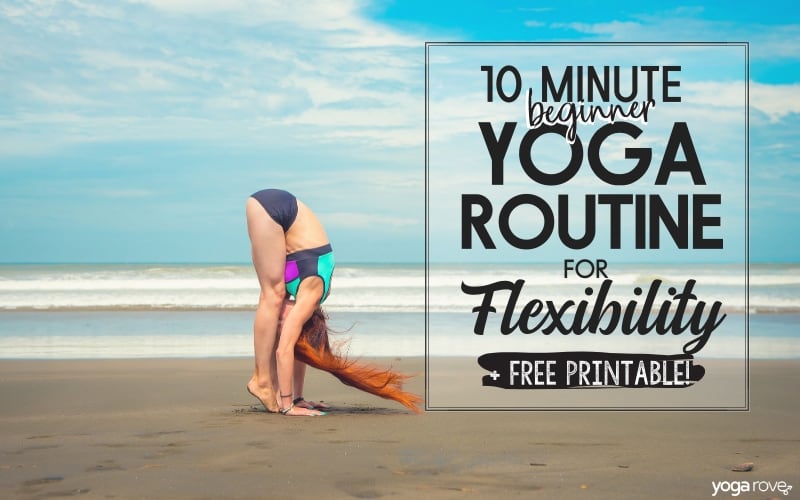
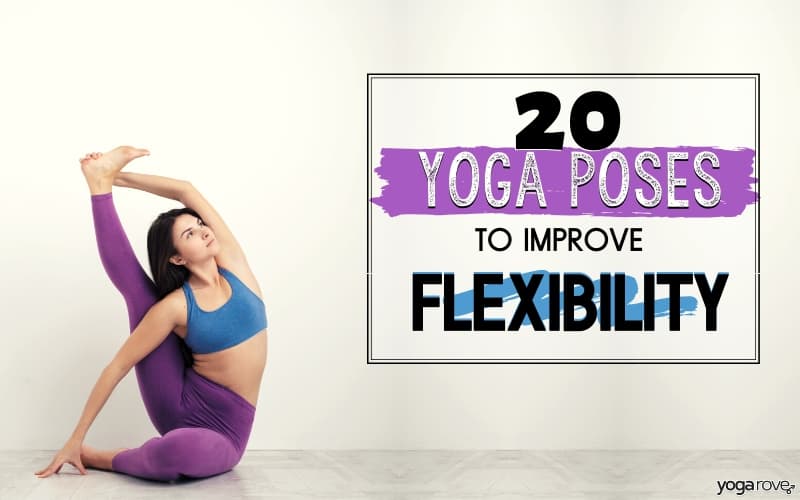
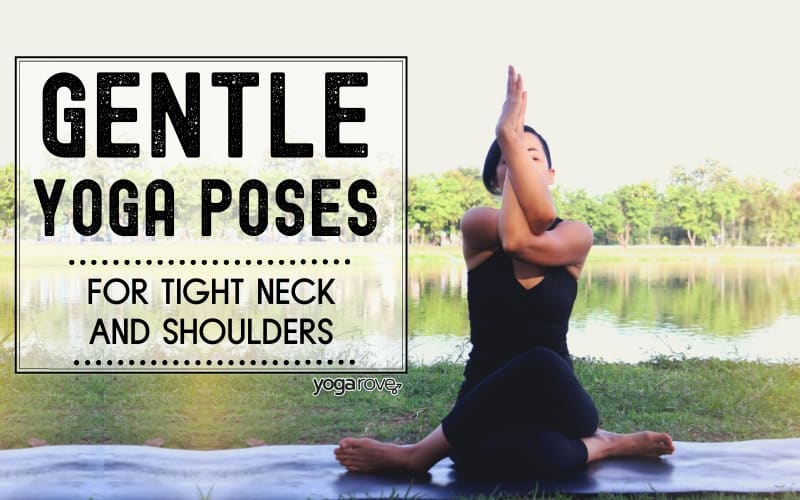
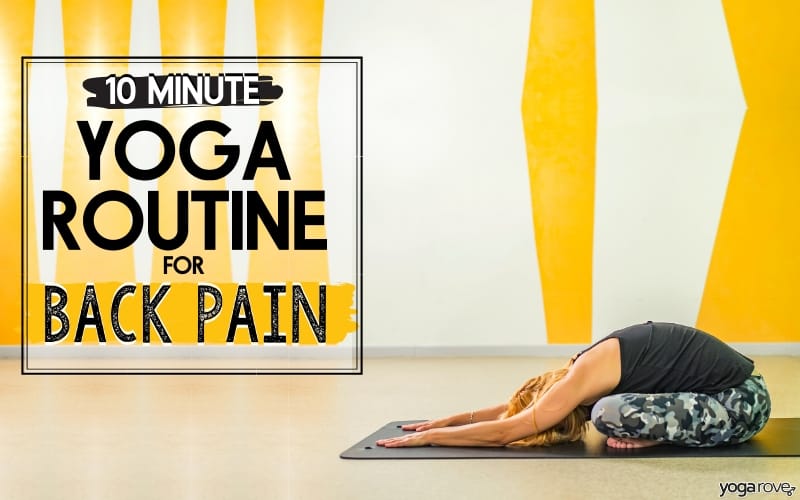
I love this. I definitely feel like the “granny” too next to those flexible yogi’s too. But never fear – using a block and simply ‘doing what you can’ is the key for me. With time it’s amazing what you can achieve and how much better you feel. Thanks for sharing.
Yes definitely Emma! I remember myself being so discouraged when I first started and was so inflexible. One of the biggest factors is definitely having a positive attitude and being persistent 🙂